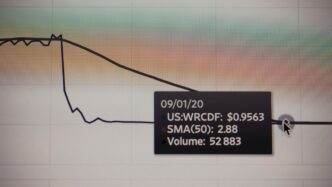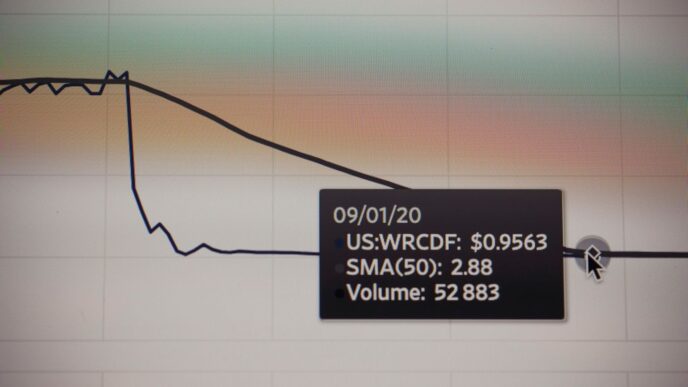Bitcoin’s price has experienced notable volatility following the recent announcement of a temporary truce in the US-China trade war. While the agreement has led to a surge in stock markets, Bitcoin’s response has been more subdued, raising questions about its correlation with traditional financial markets.
Key Takeaways:
- Bitcoin’s price peaked at $105,720 before falling below $102,000 after the US-China tariff agreement.
- The easing of tariffs has led to a shift in investor sentiment towards stocks, impacting Bitcoin’s performance.
- Analysts suggest that Bitcoin’s future movements will depend on macroeconomic indicators and market sentiment.
Bitcoin’s Recent Performance
On May 12, 2025, Bitcoin reached its highest price in over three months at $105,720, driven by bullish market sentiment and significant institutional inflows. However, following the announcement of a 90-day truce between the US and China, Bitcoin’s price fell to around $101,300, reflecting a 3% decline within 24 hours.
This price drop has puzzled many traders, as the tariff cuts were initially perceived as positive news. The agreement involved reducing import tariffs significantly, which typically benefits risk assets like Bitcoin. However, the market’s reaction indicates a shift in focus towards equities, with the S&P 500 and Nasdaq experiencing substantial gains.
Market Dynamics
The recent volatility in Bitcoin’s price can be attributed to several factors:
- Investor Sentiment: The easing of trade tensions has led investors to favor stocks over cryptocurrencies, as equities are seen as more directly benefiting from the tariff cuts.
- Correlation with Traditional Markets: Bitcoin’s correlation with the stock market remains high, with a 30-day correlation coefficient of 83%. This suggests that Bitcoin’s price movements are increasingly influenced by broader market trends.
- Profit-Taking: After a month of significant gains, many investors are taking profits, leading to a natural pullback in Bitcoin’s price.
Future Outlook
Analysts are closely monitoring upcoming macroeconomic indicators, including inflation data and Federal Reserve announcements, which could influence Bitcoin’s trajectory. Key points to consider include:
- Support and Resistance Levels: Bitcoin’s support is seen around $100,790, while resistance levels are identified at $105,720 and $107,300.
- Market Sentiment: The current market sentiment is characterized by greed, with strong institutional inflows supporting the bullish trend. However, caution is advised as signs of market overheating could lead to increased volatility.
- Potential for Recovery: If Bitcoin can maintain its position above $91,700, analysts predict a potential rally towards new all-time highs, with targets set between $105,720 and $109,354.
Conclusion
The recent US-China tariff cuts have created a complex environment for Bitcoin, leading to price fluctuations as investors reassess their strategies. While the immediate impact has been a decline in Bitcoin’s price, the long-term outlook remains cautiously optimistic, contingent on macroeconomic developments and market sentiment. As the cryptocurrency landscape evolves, Bitcoin’s ability to navigate these challenges will be crucial for its future performance.
Sources
- Bitcoin Price Flat as US Reports 2.3% Inflation in April, Decrypt.
- Bitcoin: Bullish Recovery Underway! Technical Analysis From May 13, 2025, Cointribune.
- Dogecoin traders predict 180% DOGE price rally if Bitcoin gains continue, Cointelegraph.
- Bulls Take Profits After U.S./China Breakthrough, CoinDesk.
- Bitcoin price sells off after Trump’s US-China tariff deal — Here is why, Cointelegraph.














